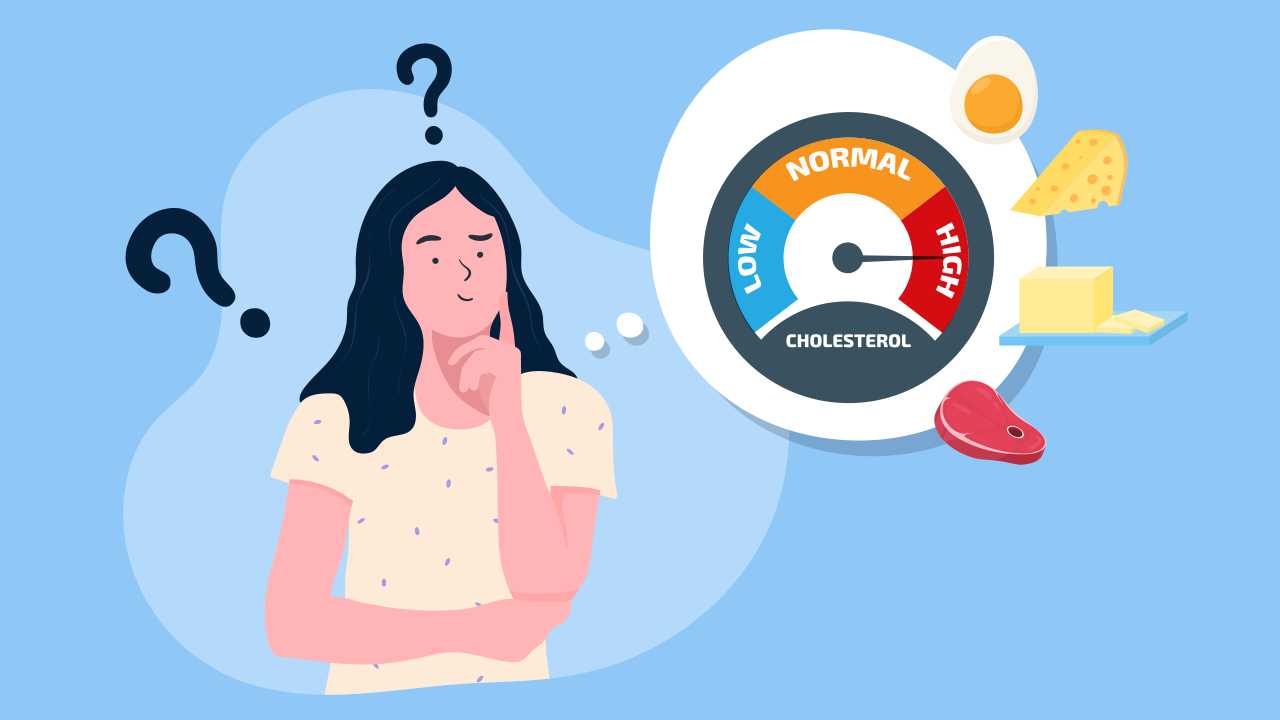
Dietary Fiber: Simple Ways to Improve Your Intake

If you have been struggling to lose weight or issues such as constipation and indigestion, it may be an indication of your daily diet lacking enough dietary fiber or roughage. Therefore, making fruits, vegetables, and whole grains a substantial part of your meals, would make a huge difference.
What is dietary fiber and why do you need it?
Dietary fiber is the part of plant foods that are not digested by the human body. The National Institute of Nutrition, India, recommends 30g-40g of daily fiber intake. Fiber is found in the outer layer (husk) of grains, skin, and seeds of fruits, the pulp of fruits and vegetables, nuts, and so on.
The fiber in your diet has several advantages. It keeps you fuller for longer, keeps the digestive system clean and healthy, prevents constipation, and reduces the risk of heart disease, stroke, type-2 diabetes, and some types of cancer.
Dietary fiber is an important yet overlooked part of the diet. These days, people tend to eat less fiber and more processed food. This is because processed foods are convenient, tasty, and have a longer shelf-life. But these do not necessarily translate into health benefits. Hence, meeting your daily dietary fiber goals becomes a challenging task.
Types of dietary fiber
There are two types of dietary fiber, soluble and insoluble. You need to consume both of these in your diet. Mostly, fiber-rich foods contain both types together.
Soluble fiber: As the name suggests, this is soluble in water. It helps by lowering cholesterol and also helps in regulating blood sugar levels. Foods such as fruits, vegetables, beans, oats, and nuts contain soluble fiber.
Insoluble fiber: Does not dissolve in water, but insoluble fiber adds bulk to stools and may help prevent constipation. Sources of insoluble fiber are fruits, vegetables, whole grains, and nuts.
Also read: Foods That Keep You Fuller for Longer on Fewer Calories
How do you increase dietary fiber intake?
Here are some quick tips that may help increase fiber in your daily meals.
Consume vegetables in every meal
Most vegetables are rich in dietary fiber. Including them in every meal will help improve your dietary fiber intake. Even a small serving of vegetables, such as raw carrots (50g) adds 1.5g-2g of dietary fiber to your daily intake. A vegetable sandwich for breakfast, one or two vegetable preparations (sabzi) for lunch and dinner, and vegetable sticks with dips for a snack are some examples.
Also watch: How to Increase Your Vegetable Intake?
Say yes to fresh fruits
Fresh fruits have high fiber content and are sweet to taste, hence are one of the easiest ways to consume fiber. A bowl of diced papaya can give you 4g-5g of dietary fiber. You may have these whole or use them in ways such as adding them to your smoothies, salad, or your breakfast porridge.
Add seeds to your diet
Seeds such as chia, pumpkin, sunflower, flax, etc. are high in dietary fiber. Check out the fiber content available in some common seeds:
| Seeds | Quantity | Dietary fiber | % Daily value* |
| Flax seeds | 1 tablespoon (15g) | 2.6g | 6.5% |
| Chia seeds | 1 tablespoon (15g) | 3.4g | 8.5% |
| Sesame seeds (til) | 1 tablespoon (15g) | 1.7g | 4.25% |
| Fennel seeds (saunf) | 1 tablespoon (15g) | 3.9g | 9.99% |
*based on fiber intake of 40g per day
You may add these to your breakfast porridge, or salad or simply add them to water, and squeeze in lemon juice, to make a refreshing summer drink. These can also be used in your daily cooking.
Pro-tip: Soak your chia seeds in water (for 10 to 15 minutes). They will form a gel-like coating, which helps increase the bulk of your stools.
Add legumes and pulses to rice-based meals
Rice-based (polished/white rice) meals are usually lower in dietary fiber. Therefore, adding legumes or pulses to increase dietary fiber to your rice preparation (idli, dosa, mixed veg rice, or pulao) can be a good idea. For instance, a bowl of red gram/lentil soup (sambar or dal) can increase the dietary fiber content by 3g-4g (almost 10% of your daily requirement).
You can keep a ratio of pulse to rice as 1:1 or 2:1 for higher fiber intake. Other options for fiber-rich, rice-based meals are mixed lentil rice preparation (dal khichdi) and cooked rice with kidney beans (rajma chawal)
Go for whole grain breads
Your regular intake of Indian flatbread (roti) can add fiber to your diet. Roti made of whole wheat flour or millet flours like finger millet (ragi), and pearl millet (jowar) roti is highly beneficial. You can obtain up to 11.3g of dietary fibers from just eating three to three-and-a-half rotis, meeting about 25% of your required fiber intake. Also, when buying a packet of bread, read the nutrition label to look for the variety that contains whole wheat flour. Rule out those that contain refined flour (maida).
Sample meal plan
| Meal type | Meal | Ingredients | % DV of dietary fibers |
| Breakfast | 1 glass (250ml) green smoothie | 1 bowl chopped baby spinach + 1 glass milk + 2 tablespoon rolled oats + 1 tablespoon chia seeds + ½ apple | 22% |
| Lunch | 2 multigrain Indian breads (roti) + 1 bowl vegetable preparation (sabzi) + 1 small bowl lentil soup (thick dal) | 1 small bowl of whole grain flour + 1 bowl of chopped carrots + ½ cup (30g raw) lentil | 26% |
| Dinner | 1 bowl of broken wheat and pulse preparation (khichdi) with curd | 1 bowl broken wheat + 1 bowl chopped vegetables + 1/2 bowl of green gram dal | 29.7% |
| Snack 1 | 1 bowl papaya salad | 1 bowl diced papaya + 1 tablespoon (15g) lightly roasted flax seeds + a pinch of rock salt or preferred spices | 17% |
| Snack 2 | A fistful of nuts | 2-3 roasted almonds + 1-2 walnuts + 2-3 pistachios | 2.15% |
Note: This is a sample meal plan that fulfils approximately 97% of the daily fiber requirement based on fiber intake of 40g per day.
You may easily use the above mentioned fiber–rich ingredients to prepare your meals and fulfil your daily fiber requirement for better health. Eat smart, stay fit.
References
1. Yang J, Wang HP, Zhou L, et al. Effect of dietary fiber on constipation: A meta analysis. World J Gastroenterol 2012; 18: 7378–83.
2. Singh A, Singh SN. Dietary fiber content of indian diets. Asian J Pharm Clin Res 2015; 8: 58–61.
3. Puri S, Krishnaswamy S, Joshi S, Urooj A, et al. Position of the Indian Dietetic Association : Dietary Fibre and Health 2018
4. Makki K, Deehan EC, Walter J, et al. The Impact of Dietary Fiber on Gut Microbiota in Host Health and Disease. Cell Host Microbe 2018; 23: 705–15.
5. Roberts SB, Heyman MB. Dietary composition and obesity: Do we need to look beyond dietary fat? J Nutr 2000; 130.
6. Ananthan R, Bhaskarachary K, Venkaiah K, editors. Indian Food Composition Tables. National Institute of Nutrition, 2017.
7. National Institute of Nutrition. Nutrient Requirements and Recommended Dietary Allowances for Indians. Rep Expert Gr Indian Counc Med Res 2009














